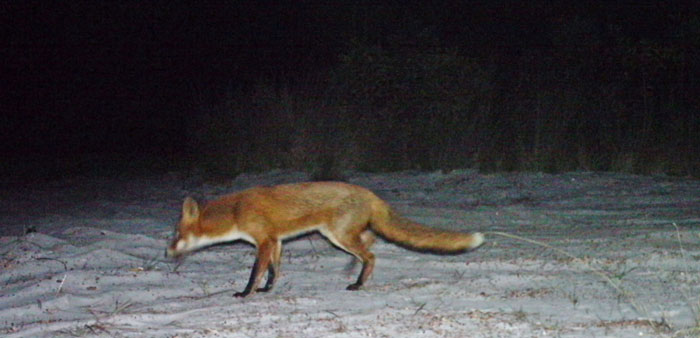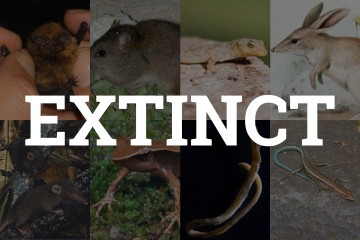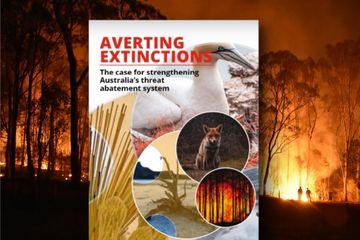
It should be a no-brainer – do what it takes to eradicate foxes from Fraser Island (K’gari) and South Stradbroke Island in Queensland, while it is still possible.
Foxes have only recently invaded these two internationally significant islands – Fraser is a World Heritage Area and its western coast is part of the Great Sandy Strait Ramsar wetland, and South Stradbroke is part of the Moreton Bay Ramsar wetland.
Eradicating foxes before they become well established will avert major harm to the islands’ wildlife and save on massive future costs of never-ending control. Islands offer the opportunity for complete removal, unlike the mainland.
The evidence for fox invasions was reported last year in a paper by Benjamin Allen and four colleagues.
On Fraser Island foxes have been photographed by camera traps six times since July 2012, and on South Stradbroke Island scats tested for DNA and footprints were found in 2013 and 2014 – foxes were photographed in 2016. Detector dogs recently found some partially dug dens on South Stradbroke, but no signs of young have been detected. Foxes have been reliably sighted by people on less than a handful of occasions, highlighting the importance of remote monitoring methods.
It is possible foxes swam the 500 to 1500 metres to these islands from the mainland or adjacent islands, or they could have been transported by humans. We may never know.
Should foxes be left on these islands, the wildlife at risk includes the black-breasted button quail, beach stone-curlew, ground parrot, waders, marine turtles, long-nosed potoroo and water mouse.
The report by Benjamin Allen and colleagues indicates that eradicating foxes should be relatively straightforward on South Stradbroke Island, but much more complicated on Fraser Island because of the dingoes there, which will probably rule out the use of poison. Detector dogs will be essential in both cases. Dingoes are unlikely to suppress fox impacts on Fraser Island, and dingoes are not present on South Stradbroke Island.
The response to foxes on these islands has so far been limited to detection efforts. The Invasive Species Council will be advocating that the Queensland and Australian governments fully fund eradication programs. They’d be crazy not to do so, given the values at risk and the costs of control.
Reference
Allen B, Behrendorff L, Willsher L, Kaluza J, Oakey J. 2017. Recent invasion of European red foxes (Vulpes vulpes) on to Fraser Island (K’gari) and South Stradbroke Island. Austral Ecology 42:752–758




